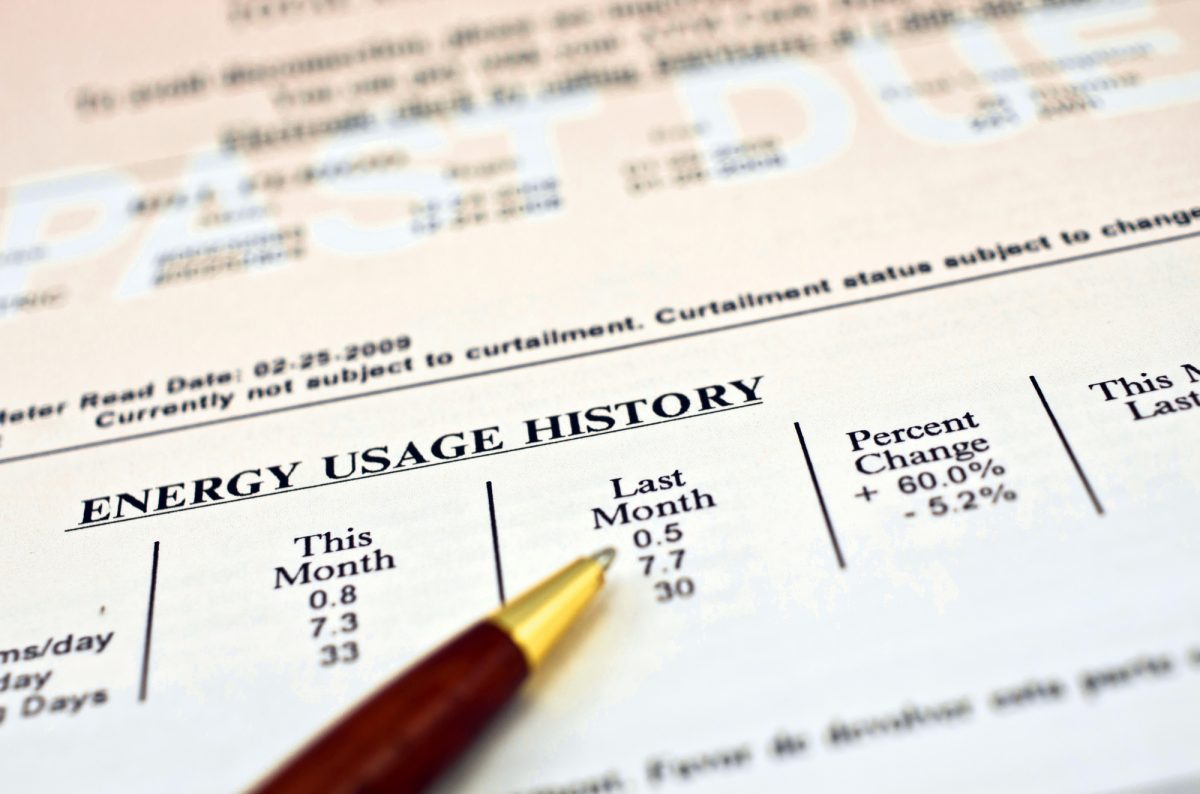Congratulations, you got that job offer or promotion. But you’ll need to pull up roots and move across the country. Along the road to this next chapter in your life, you have accumulated possessions, and you want to take them with you.
You’re not into heavy lifting and dismantling beds or packing up and sorting all those precious and useful items that populate your life. You want a professional moving company, and there are many out there. How do you choose one, and what questions should you ask?
Questions for Potential Movers
What is the company’s U.S. Department of Transportation registration number?
Companies transporting goods outside the state must be registered. You can check them out at the Federal Motor Carrier Safety Administration website.
How does the moving company estimate the cost to you?
Answer a few simple questions regarding your move then get an in-home assessment of your household items. Reputable moving companies will provide the estimate in writing, which will include all charges with signatures by both you and the company rep for it to be binding.
Are there any extra or additional costs?
Check to see if the mover charges for special handling. Those charges would cover factors like specialty items that require additional attention or special packing. Some movers charge extra if their crew has to clear obstacles when loading and unloading. Let your potential mover know of any elevators, stairs, or particularly long distances they have to tackle during the move.
Does the mover use subcontractors?
If yes, ask the company for the subcontractor’s name. This information is readily available, and reputable companies will not withhold subcontractor information. They will also use reliable local movers, who have their own moving equipment.
How does the company handle and respond to complaints?
The most upfront and reputable moving companies can provide a history of complaints and claims and how they were resolved. The Better Business Bureau profiles for moving companies are at BBB.org.
Do they provide full-service move options?
Since two moves are never the same, you might need to customize your moving services for your specific needs. Does the moving company offer full-service packing, loading and unloading, fixture installation, and furniture assembly? Do they provide a move coordinator to assist you? Assess your needs and make sure you know what services are available.
The best movers provide shrink-wrap for soft furniture as well as blanket wrap services. They will also offer efficient labeling and an easily identifiable method to unpack your household goods at the final destination. If storage is involved, look for companies that provide storage service.
Reliable Movers
For help with your move, contact us for a free quote. We can help your move be smooth and successful.








